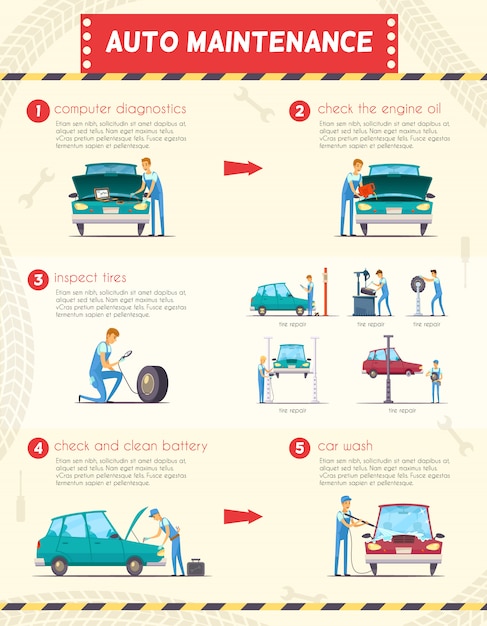Wondering Concerning The Definition Behind Those Control Panel Warning Lights? Gain Understandings Right Into Their Ramifications For Your Automobile'S Security And Maintenance
Wondering Concerning The Definition Behind Those Control Panel Warning Lights? Gain Understandings Right Into Their Ramifications For Your Automobile'S Security And Maintenance
Blog Article
Uploaded By-Boye Shepherd
When you're behind the wheel, those glowing warning lights on your dashboard can be a bit difficult. Do you recognize what they're attempting to inform you regarding your car's health and wellness? Comprehending the significance of these lights is crucial for your safety and the longevity of your car. So, the following time among those lights pops up, would not you intend to decode its message precisely and take the necessary steps to resolve it?
Common Caution Lighting and Interpretations
Identify typical caution lights in your automobile and recognize their significances to guarantee risk-free driving.
One of the most regular caution lights include the check engine light, which signals concerns with the engine or discharges system. If this light begins, it's crucial to have your vehicle examined quickly.
The oil pressure alerting light shows reduced oil pressure, needing immediate interest to prevent engine damages.
A blinking battery light could recommend a faulty billing system, possibly leaving you stranded otherwise attended to.
The tire stress tracking system (TPMS) light alerts you to low tire stress, influencing car stability and fuel effectiveness. Ignoring this could result in unsafe driving conditions.
auto and marine detailing nz | car wash auckland auckland shows an issue with the anti-lock braking system, endangering your capability to quit swiftly in emergency situations.
Last but not least, the coolant temperature warning light warns of engine getting too hot, which can cause extreme damages otherwise settled quickly.
Comprehending these common caution lights will certainly aid you attend to issues immediately and maintain safe driving problems.
Significance of Prompt Interest
Recognizing the common caution lights in your automobile is only the very first step; the significance of without delay resolving these cautions can't be emphasized enough to ensure your security when driving.
When a caution light brightens on your control panel, it's your car's method of interacting a prospective issue that requires interest. Overlooking these warnings can result in extra serious troubles in the future, compromising your safety and possibly costing you a lot more in repairs.
visit the next website to alerting lights can stop failures and accidents. For instance, a flashing check engine light can suggest a misfire that, if left unattended, could cause damages to the catalytic converter. Addressing https://brakesplus05173.blog-a-story.com/10092041/quick-car-outlining-for-beginners-get-it-carried-out-in-under-an-hour without delay can save you from an expensive repair.
Similarly, a brake system advising light could indicate low brake fluid or worn brake pads, essential parts for your security when driving.
Do It Yourself Troubleshooting Tips
If you see a caution light on your dashboard, there are a couple of do it yourself repairing tips you can attempt prior to looking for expert help.
https://remingtonexpib.newsbloger.com/30491987/the-conclusive-guidebook-for-vehicle-detailing-products-critical-knowledge-for-novices is to consult your auto's handbook to understand what the specific warning light shows. Occasionally the problem can be as straightforward as a loose gas cap triggering the check engine light. Tightening up the gas cap might resolve the issue.
An additional typical concern is a low battery, which can trigger various alerting lights. Inspecting the battery links for rust and ensuring they're secure may repair the problem.
If a caution light lingers, you can try resetting it by detaching the auto's battery for a few minutes and afterwards reconnecting it. Furthermore, examining your automobile's liquid levels, such as oil, coolant, and brake fluid, can help repair advising lights associated with these systems.
Conclusion
Finally, recognizing your vehicle's caution lights is essential for maintaining your vehicle running efficiently and safely. By promptly attending to these notifies and knowing what they imply, you can stay clear of costly repair services and possible breakdowns.
Remember to consult your car's guidebook for specific information on each warning light and take action accordingly to make certain a hassle-free driving experience.
Remain notified, remain risk-free on the road!
